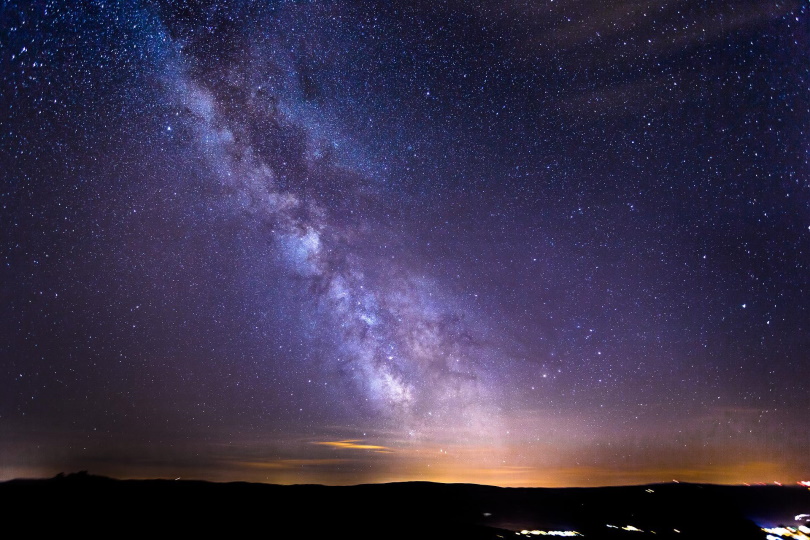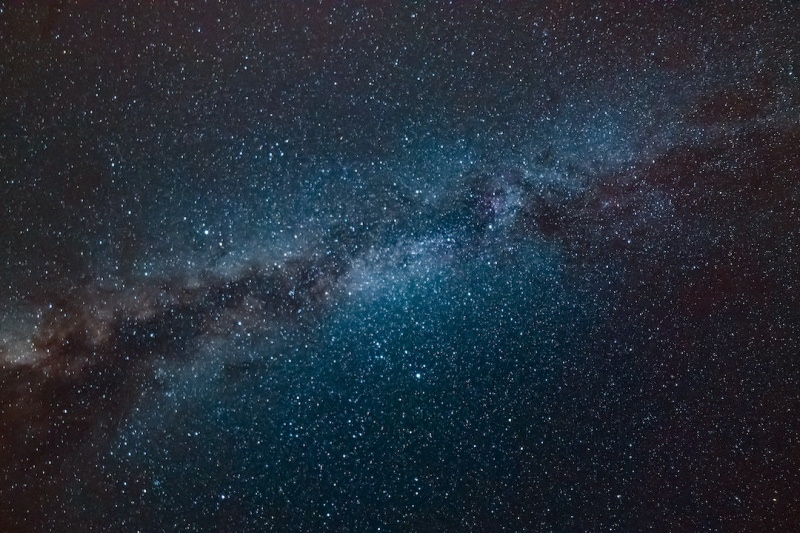How Many Solar Systems Are There in Our Galaxy? The Surprising Answer!
Last Updated on

Our galaxy, the Milky Way, is intriguing, and although scientists have explored some areas of it, most parts are still a mystery to us. Since parts of our galaxy are undiscovered, many of us have questions about the Milky Way and its appearance.
One common question is how many solar systems are in the Milky Way? Although the exact number has not been determined, astronomers estimate that over 3,2000 stars with planets are in the Milky Way.

The Difference Between a Galaxy and a Solar System
Many people mix galaxies with solar systems, so we want to explain both terms and showcase their differences. Here’s a short answer to what’s a galaxy and what’s a solar system.
- A galaxy is a collection of stars connected by gravitational forces. Because of that, a galaxy can contain numerous stars and star systems.
- A solar system is a specific star system with a Sun at its center; it consists of anything that orbits around the Sun, including the planets that orbit it.
One of the most significant differences between a solar system and a galaxy is their size. Galaxies are much larger, and they contain more stars and planets. Unlike solar systems, galaxies also typically have a black hole in their center. Another difference is that galaxies contain black matter while solar systems don’t.
Potentially, galaxies can contain multiple solar systems. However, while solar systems can belong to a galaxy, a galaxy cannot belong to a solar system.
Our Galaxy

Our galaxy is spiral-shaped and contains billions of stars, gas, and dust. In the Milky Way, the Sun lies about 25,000 light years from the galaxy’s center, somewhere around one of the spiral arms. It’s just one of the billions of galaxies inside the universe.
Which Planets Are a Part of Our Galaxy?
By some estimates, there are over 100 billion planets in the Milky Way. Typically, scientists refer to these planets as exoplanets, meaning they orbit around other stars, not our Sun. Our galaxy also contains rogue planets which have been kicked out of their planetary systems.
- Mercury
- Venus
- Earth
- Mars
- Jupiter
- Saturn
- Uranus
- Neptune
- Pluto
- Eris
- Makemake
- Haumea
- Ceres
- Kepler-186f
- Kepler-11 System
- Kepler-16b
- CoRoT 7b

How Many Solar Systems Are in the Milky Way?

When it comes to our solar system, it’s just a specific planetary system we officially call the solar system. However, astronomers discovered more than 3,200 stars with planets orbiting around them, the same way planets in our solar system orbit the Sun.
While that’s the current number, the actual number of solar systems in our galaxy could be much higher. As the Sun is just one star in our galaxy that contains billions of stars, you can imagine there might be more than meets the eye.
Scientists are constantly searching for new evidence and more intel into space, so they may discover more solar systems along the way.

Summing Up
If you’ve been wondering how many solar systems are in the Milky Way, the truth is that even scientists don’t know yet. For now, 3,200 known stars have planets orbiting them in the Milky Way. As technology improves and we study the vastness of space, even more, this number could increase.
Featured Image Credit by: Rene Tittmann, Pixabay
About the Author Visnja Radosavljevic
Visnja is a creative, adaptable content writer that covers various topics such as DIY, pets, home improvement, travel, gardening, and more. As a young mom and a college student, she didn’t have enough time to balance her personal and work life, so after multiple years of working a regular 9 to 5 job, she decided to pursue her passion and make a living out of it. She has been writing for a couple of years now, helping people to find valuable and interesting information online.
Related Articles:
Can You Use Binoculars to Look At Stars? How to Choose the Right Pair
15 Crucial Facts About Ultraviolet Rays & the Sun
What Constellation Is Spica In? The Interesting Answer!
10 Interesting Leo Constellation Facts, Myths, and FAQs
15 Interesting Pegasus Constellation Facts, Myths, and FAQs
6 Interesting Sagittarius Constellation Facts, Myths, and FAQs in 2024!
What Are Constellations? Where Did They Come From?
8 Interesting Libra Constellation Facts, Myths, and FAQs
